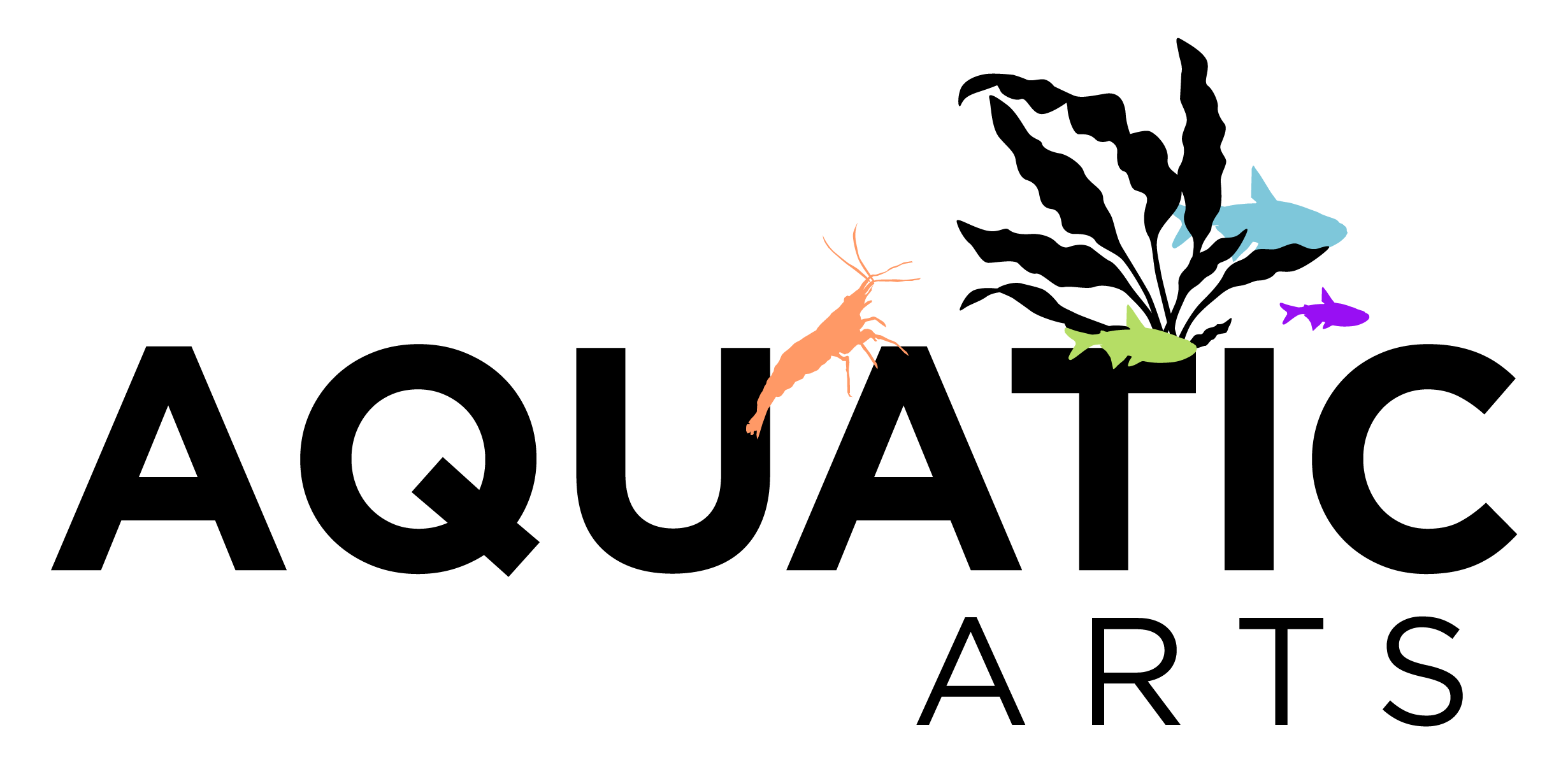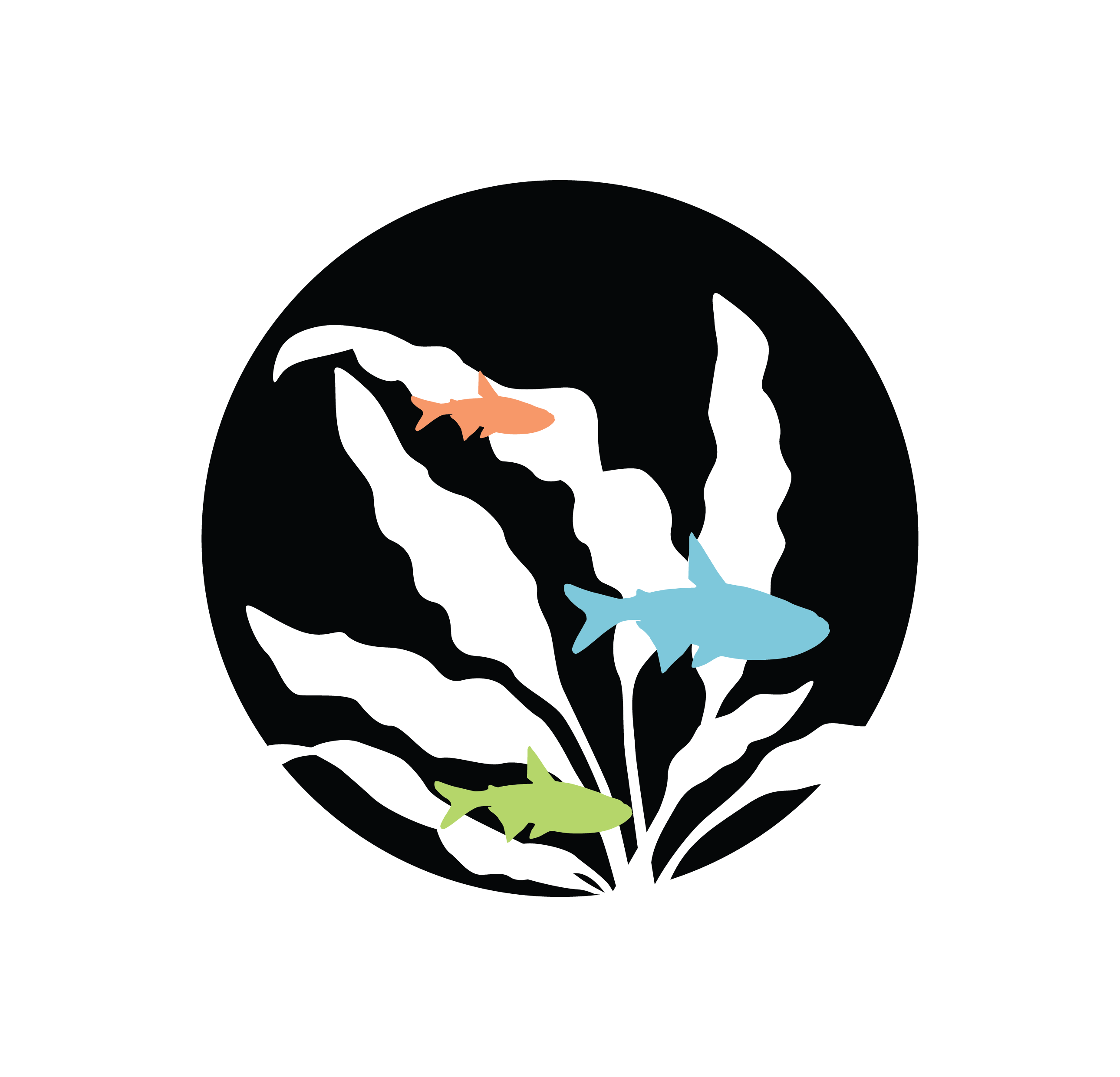
Setting Up Your First Shrimp Tank
Taking Your First Steps Towards Setting Up a Shrimp Tank
One of the easiest ways to start out with a shrimp tank is with Dwarf Freshwater Shrimp, such as the Sakura Red Cherry Shrimp (Neocaridina davidi), a species of shrimp that originated in Taiwan. Red Cherry Shrimp are particularly great, as they help to keep their tank clean. They’re brightly colored and are, simply put, exciting to observe. They’re excellent scavengers, peaceful, and make for fantastic tank mates.
Red Cherry Shrimp are great beginner shrimp. These active shrimp are quick to breed, and as the colony forms, they work together to keep their home clean of algae and waste. They also do not prey on their fry. The Red Cherry Shrimp from Aquatic Arts are sent to their customers as young adult shrimp of breeding age. They range in size from ½” to ¾” and have a beautifully intense red coloration.
Younger shrimp that have not reached their rich coloration will grow into a deeper shade of red if they’re introduced into a tank where they can truly flourish. A couple of ways to help aid the coloration process are by using higher lighting to help with algae growth. Aquatic Arts also offers two high-grade types of Red Cherry Shrimp: Sakura Fire Red and Painted Fire Red Cherry Shrimp.
Aquatic Arts offers a “Breeder Combo Pack” of the Sakura Red Cherry Shrimp, including 10 females and 5 males. It is an excellent idea for hobbyists interested in building their colony of Red Cherry Shrimp as quickly as possible.
When breeding a colony, it is best to have at least a 10-gallon tank with a stable temperature between 72 - 84 degrees Fahrenheit. For less established aquariums, you can supplement the Red Cherry Shrimp’s diet with Aquatic Arts Snowflake and Pollen Granules Premium Shrimp Food. Natural leaf litter and botanicals will also prove beneficial to the shrimp, as they provide biofilm, which boosts the immune system of the shrimp and is the primary diet.
A How-to Guide to Setting Up Your First Shrimp Tank
Now that you know what shrimp to start out with, you can begin planning for your first shrimp tank setup. While you can start with a 5 or even 3-gallon tank, the need for a 10-gallon tank may approach sooner rather than later with the quick breeding habits of Dwarf Freshwater Shrimp. A 10-gallon tank is probably the best place to start.
Another thing to consider is an aquarium cover. Shrimp are known to climb out of their tanks. Your new aquarium also needs enough light for growing plants, a shrimp filter, heater, temperature gauge, substrate, and leaf litter.
It is worth keeping in mind that it will be quite heavy once the aquarium is established. A 10-gallon tank can weigh up to 100 pounds once filled with water and other items that fill out the shrimp’s habitat so make certain that you are content with its location. It is encouraged by most, to shy away from areas near windows, vents, and doors, as they can become drafty at various moments throughout the day.
Playground for the Shrimp
Shrimp are scavengers and spend most of their days roaming around the bottom of the tank. Therefore, it stands to reason that they would instead enjoy having items spread throughout their home. Create an aquatic playground for exploration and feeding. Some items include rocks, driftwood, and live plants.
Aquatic Arts also offers several Exotic Rocks and Stones types and a massive selection of freshwater plants. Other Aquatic Arts offerings include Alder Cones, Lotus Pods, Catappa Fruit, Catappa Leaves, Moringa Leaves, Bamboo Leaves, and Banana Leaves – to name a few.
Botanicals are essential to establishing your shrimp tank, as they help to create a natural freshwater environment for the shrimp. These items are more than just a beautiful natural playground for the shrimp. These materials offer the shrimp shelter, a home, and healthy feeding ground.
All offerings from Aquatic Arts come from pesticide-free sources and thus are completely safe to add to your shrimp tank. As your tank becomes more established your chosen items will begin to grow microorganisms, providing your shrimp with as many healthy foods as possible.
Oxygen and Water Quality
Freshwater plants are essential in the nitrogen cycle, a process each tank must undergo before becoming well-established. During the cycling process, plants absorb the less toxic nitrates creating a habitable environment for the shrimp. In addition to improving water quality, plants help create oxygen.
Freshwater plants are obviously critical for your shrimp's survival. Shrimp need high levels of oxygen, and for this reason, bubblers and live plants are key components of your new aquarium. While photosynthesis will occur naturally, shrimp still need additional help via a filter and air supply. Any filter purchased should have a guard on it, as most shrimp, as small as they are, will meet death.
Don’t Add Your Shrimp Right Away
A shrimp tank is a process. It takes planning; you have to determine which species of shrimp you want to start with, how many shrimp you want, and if you’re going to create a colony. Then you must buy the right tank, fill it with plants, rocks, leaf litter, and still, you must wait.
You must wait because before you can add any shrimp to the tank that you have so carefully curated, the tank needs to first go through the nitrogen cycle. This is a process that can take up to six weeks. It is definitely advisable to hold off on purchasing the shrimp until the process is nearly completed.
As the week progress, you want to check the ammonia, nitrite, and nitrate levels weekly. Once the levels for ammonia and nitrite are at 0 ppm and the nitrate level is below 10 ppm, it is time to add your shrimp. But, before doing so, the starter fish should be moved to another tank.
While it is possible for shrimp and fish to coexist peacefully as tank mates, any fish can indeed eat your shrimp. This is especially true if shrimp are introduced into an established fish environment, as the fish are more likely to view the shrimp as prey.
After your shrimp have had time to become acclimated to the environment, you can begin to add tank mates if you wish.
Aquatic Arts have 25 types of Neocaridina Shrimp and over 20 types of Caridina Shrimp available to shop on their website. For more information, visit www.aquaticarts.com.

Aquatic Arts
